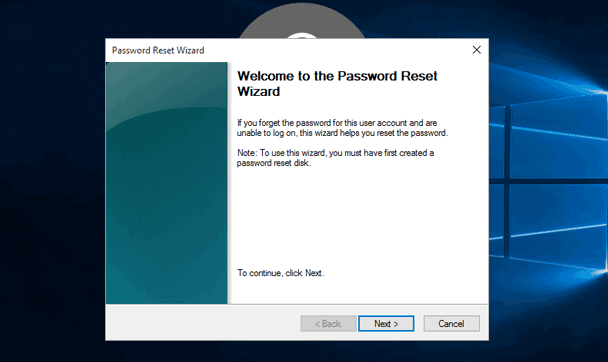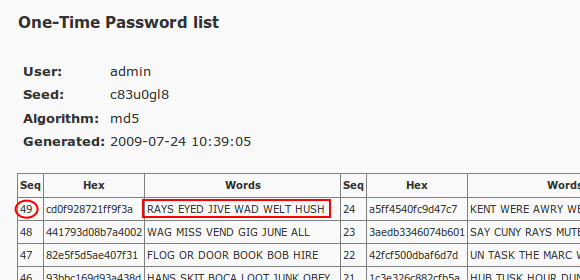
- #Passwordsafe just in time how to#
- #Passwordsafe just in time code#
- #Passwordsafe just in time password#
- #Passwordsafe just in time professional#
You use all kinds of online websites and accounts every day. Tip #5: Choose services with built-in privacy and security Two-factor authentication allows you to protect your account even if someone steals your password. Advanced tools may need to review your voice or face to confirm your identity.
#Passwordsafe just in time code#
An account may send your phone a one-time security code for you to enter. An account may ask for a PIN you already know or answers to a secret question you created. In most cases, this information will come from: When you use two-factor authentication, you will have to enter extra information when you log into your account.
#Passwordsafe just in time password#
It asks you to provide additional information beyond your password to log in to services or accounts. Two-factor authentication is one of the newest tools to combat hackers. Seuss.) Tip #4: Consider two-factor authentication (A reference to Green Eggs and Ham, by Dr. For example, your password could be “403gE&H” for a grocery delivery account. You can also try to make each password somewhat relevant to the account. Browsers like Edge even offer built-in password managers. Use your credential manager to make it easy to remember each password. Once a hacker cracks your original password, he or she can easily figure out the rest. The temptation lies in changing only a letter or number for each account, but this is not enough. Use a different password for each of your accounts to prevent this from happening. This method is the fastest way for a hacker to access all of your most important personal information. If a hacker cracks your password on one account, he or she will automatically try that password again on your other accounts. Tip #3: Use different passwords on different accounts For example, OneDrive offers a Personal Vault feature that provides a secure way to store your most sensitive information in the cloud. There are safe alternatives to writing your passwords down. A cybercriminal working on a home services crew could pass by your computer on the way to the bathroom. A cybercriminal posing as an office staff member could walk by and write it down. Leaving physical evidence lying around applies to both work and home situations. If you write your password down on a sticky note, anyone passing by can see it.
#Passwordsafe just in time how to#
Yet, this can be a dangerous way to remember how to access your accounts. We all forget our passwords on occasion and can be tempting to write your safe passwords down.

Stay safer online with one easy-to-use app 1 1Microsoft 365 Personal or Family subscription required app available as separate download Learn More Tip #2: Don’t write safe passwords down For example, “Row Row Row Your Boat” could become a password like “142RRRyB!” Personal acronyms can help you remember your password but are hard for tools to crack. People who struggle to remember passwords often make them easy to guess.

Add some length to your password if it falls below ten characters. In some cases, they might be too long to crack.

Combine uppercase letters, lowercase letters, numbers, and special characters, such as “$” to make safe passwords. Password-cracking tools struggle with complex, abstract passwords. These advanced tools can easily guess words from the dictionary or proper names. Cybercriminals often use password-cracking tools. Do not include any of this information in your password.
#Passwordsafe just in time professional#
Professional hackers can quickly find your birthday or your pet’s name online. To create a secure, safe password, you should: The better your password, the less likely a cybercriminal will be able to hack it. It’s paramount to have a complex and unique password. Let’s explore how to keep your passwords safe-and what makes a good one in the first place.


 0 kommentar(er)
0 kommentar(er)
